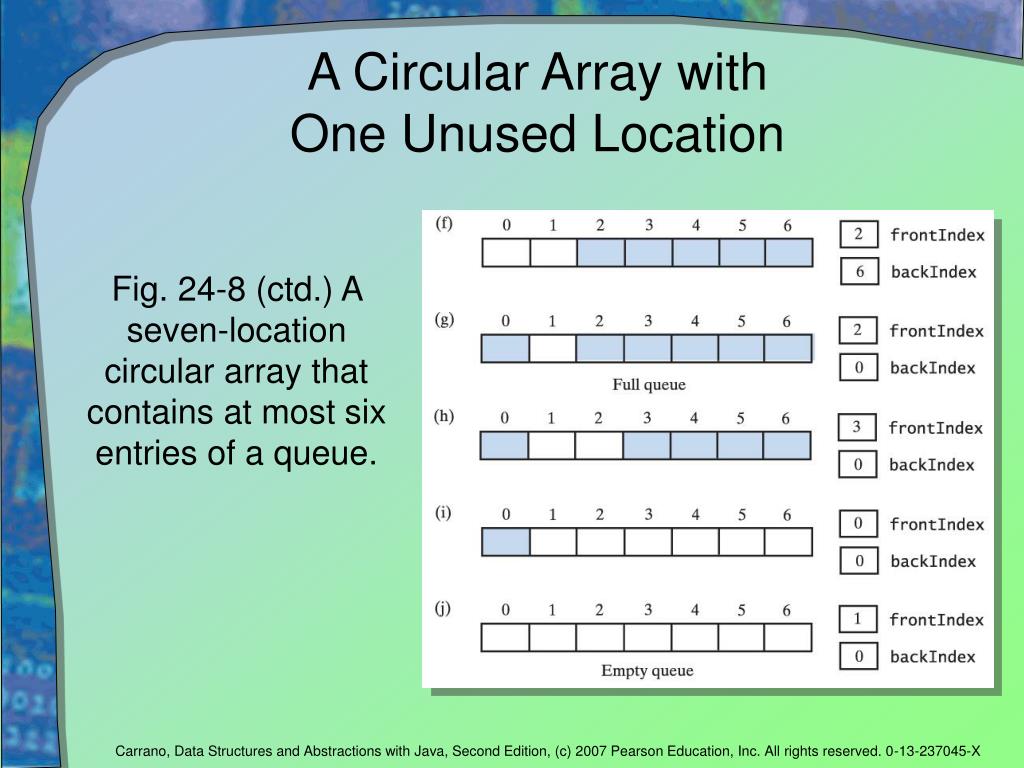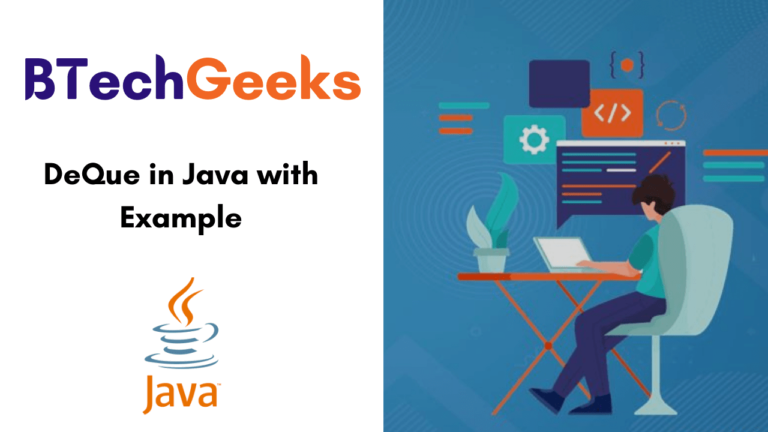

Under certain circumstances, be used to save allocation costs. Precise control over the runtime type of the output array, and may, Like the toArray() method, this method acts as bridge betweenĪrray-based and collection-based APIs. The array immediately following the end of the deque is set to (i.e., the array has more elements than this deque), the element in Finally, well talk about thread safety before wrapping it all up. Next, well dive into a number of implementations that Java provides as standard. First, well take a peek at what a Queue does, and some of its core methods. If this deque fits in the specified array with room to spare Introduction In this tutorial, well be discussing Javas Queue interface. Is allocated with the runtime type of the specified array and the The specified array, it is returned therein. Returned array is that of the specified array.
Proper sequence (from first to last element) the runtime type of the Returns an array containing all of the elements in this deque in Optional methods of the Collection and Iterator interfaces. This class and its iterator implement all of the Therefore, it would be wrong to write a program that depended on thisĮxception for its correctness: the fail-fast behavior of iterators Throw ConcurrentModificationException on a best-effort basis. Presence of unsynchronized concurrent modification. Note that the fail-fast behavior of an iterator cannot be guaranteedĪs it is, generally speaking, impossible to make any hard guarantees in the Modification, the iterator fails quickly and cleanly, rather than riskingĪrbitrary, non-deterministic behavior at an undetermined time in the Method, the iterator will generally throw a ConcurrentModificationException. Is created, in any way except through the iterator's own remove The iterators returned by this class's iterator method areįail-fast: If the deque is modified at any time after the iterator Most ArrayDeque operations run in amortized constant time.Įxceptions include remove, removeFirstOccurrence, removeLastOccurrence, contains, iterator.remove(), and the bulk operations, all of which run in linear

Stack when used as a stack, and faster than LinkedList Synchronization, they do not support concurrent access by multiple threads. They are not thread-safe in the absence of external Arrayĭeques have no capacity restrictions they grow as necessary to support We won’t be able to break encapsulation by exposing methods we shouldn’t and we’ll allow clients to substitute alternative implementations.Resizable-array implementation of the Deque interface. That way, we’re able to substitute any implementation and expect our clients to still work.

It seems like we should really use a Stack abstraction to define the role and composition to implement the stack. Forcing clients to depend on defined roles rather than implementation allows for flexibility of substitution. For more domain or business specific behaviours however, it’s very likely that clients will benefit by avoiding this coupling. For classes with well known semantics like the stack, any client using non-stack behaviour should appreciate the coupling and be able to make an informed decision. You could argue that this is the client code’s choice. You won’t be able to swap out the implementation of your stack without potentially forcing changes to clients.
JAVA QUEUE VS DEQUE CODE
The client code now depends on the implementation and not the role of your class. If client code starts using this behaviour, there’s immediately a dependency on it. For example, you might be able to insert objects into the middle of the stack. If you don’t control what operations a stack class can perform, you open up the class for non-stack like uses. I can’t see why Sun/Oracle are so happy to abandon encapsulation like this. Oracle Documentation for Stack /javase/7/docs/…Ī deque is a double ended queue, by definition it is not a stack. I can understand that Sun/Oracle never corrected the mistake given Java’s principle of backwards compatibility but I was surprised when I noticed they recommend using Deque instead.Ī more complete and consistent set of LIFO stack operations is provided by the Deque interface and its implementations, which should be used in preference to this class. They haven’t made the situation any better when recently deprecating Stack in favour of Deque. It extends Vector and so is implemented in terms of inheritance rather than aggregation. Java ignores this principle with the default implementation of Stack. The stack is a great example of single responsibility it’s supposed to implement LIFO and only LIFO behaviour. Java has long had a badly written implementation of a stack.


 0 kommentar(er)
0 kommentar(er)
